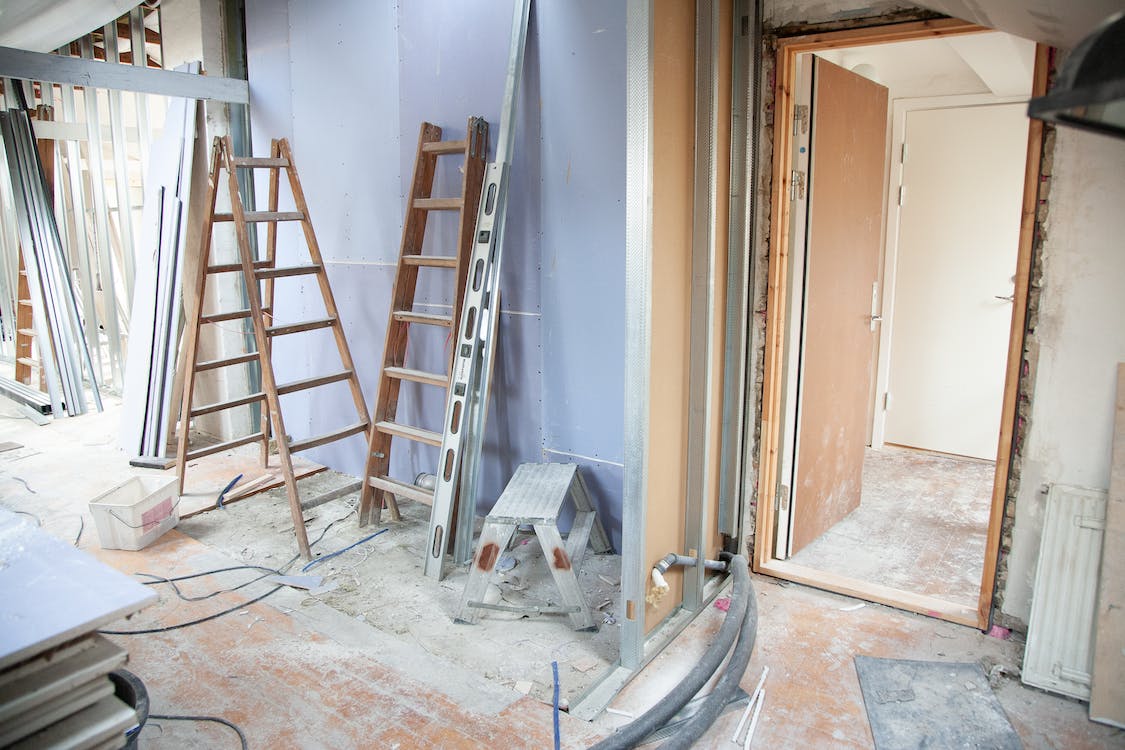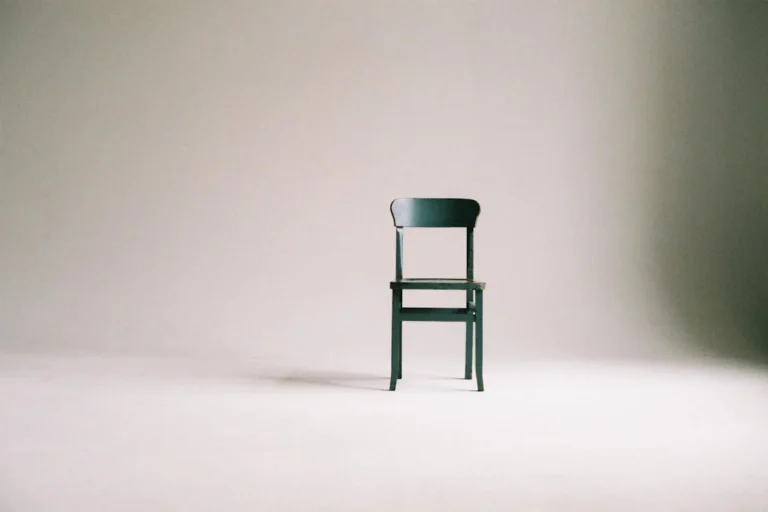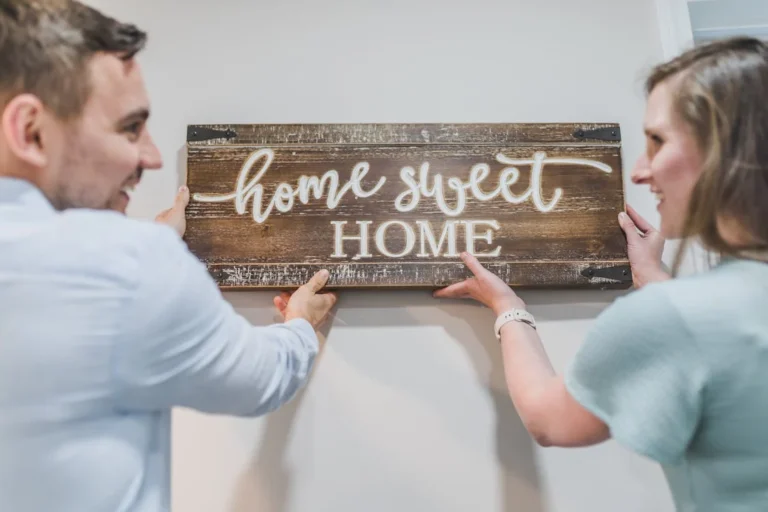Money Talks News’ recent article, “The 10 Most Popular Home Upgrades for Aging in Place,” lists the most popular home upgrades remodelers are doing to help people age in place.
- Expand the main floor half-bath into a full bath. A half-bath is a bathroom with a toilet and sink but without a shower or tub. It’s also known as a “powder room.” Converting a half bath to a full bathroom adds function to your home and may make bathing more accessible if your shower or tub is upstairs.
- Install nonslip floors. Falls are the leading cause of injury-related death among Americans 65 and older. Natural stone floors and ceramic and porcelain tile floors are potentially hazardous, as are wide grout joints and uneven tiles.
- Add ramps or lower thresholds. Adding ramps outdoors and lowering bumpy thresholds — both indoors and out — eases access for someone using a wheelchair, cane, or walker.
- Add a new, full bath on the main level. A new bathroom could add roughly 30% of its cost to the home’s value.
- Add bedroom on entry level. This improvement could let you welcome older parents or adult children into your home or make a home more spacious and comfortable for aging in place.
- Add lighting or task lighting. Updating home lighting can make a difference. Eye problems and weaker vision often come with aging, the Cleveland Clinic says.
- Widen doorways. People who use wheelchairs, walkers, or canes to get around may need more room to get through than a standard doorway allows. If you’re building a home or adding on, widening the doorways is a good move for everyone. You may want the accommodation later if you don’t need it now.
- Install higher toilets. A taller toilet seat can make sitting and rising easier in case of muscle weakness or painful and stiff joints.
- Install a curbless shower. Entering the shower can be dangerous if you’re unsteady on your feet or using a walker or wheelchair. A curbless (or “zero-threshold”) removes the raised shower curb.
- Add grab bars. This is the No. 1 aging-in-place improvement that builders do for clients. They are also called grab rails and they’re installed on walls inside and outside tubs and showers and next to toilets, so that users have something to hold tightly to while moving safely in, out, on, and off.
Reference: Money Talks News (July 7, 2023) “The 10 Most Popular Home Upgrades for Aging in Place”











